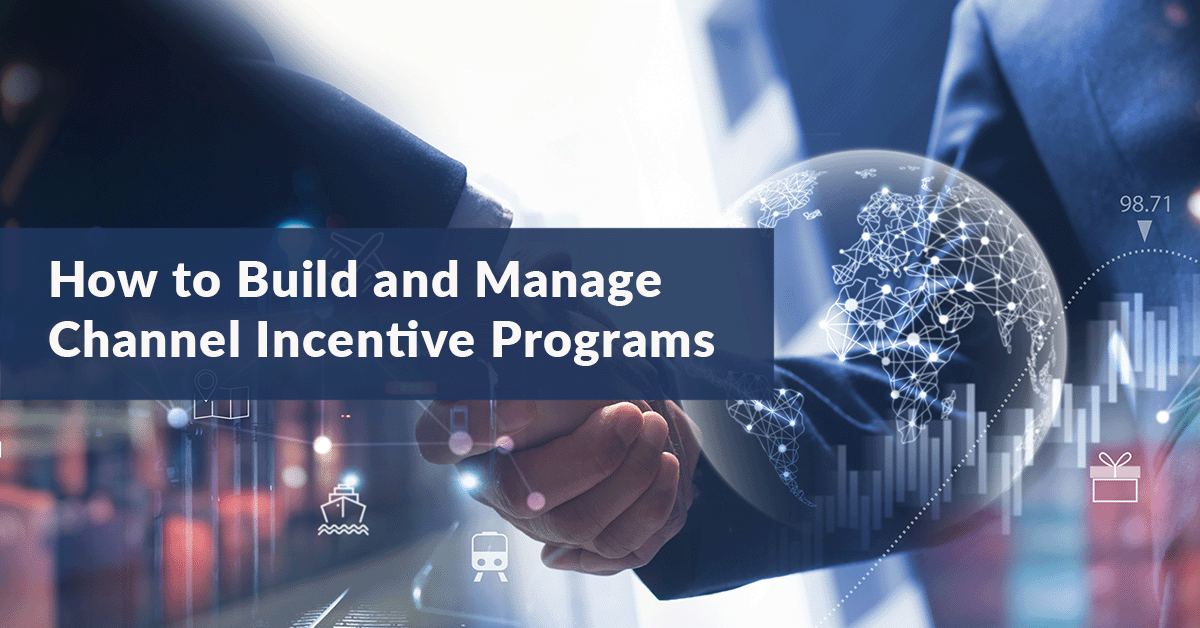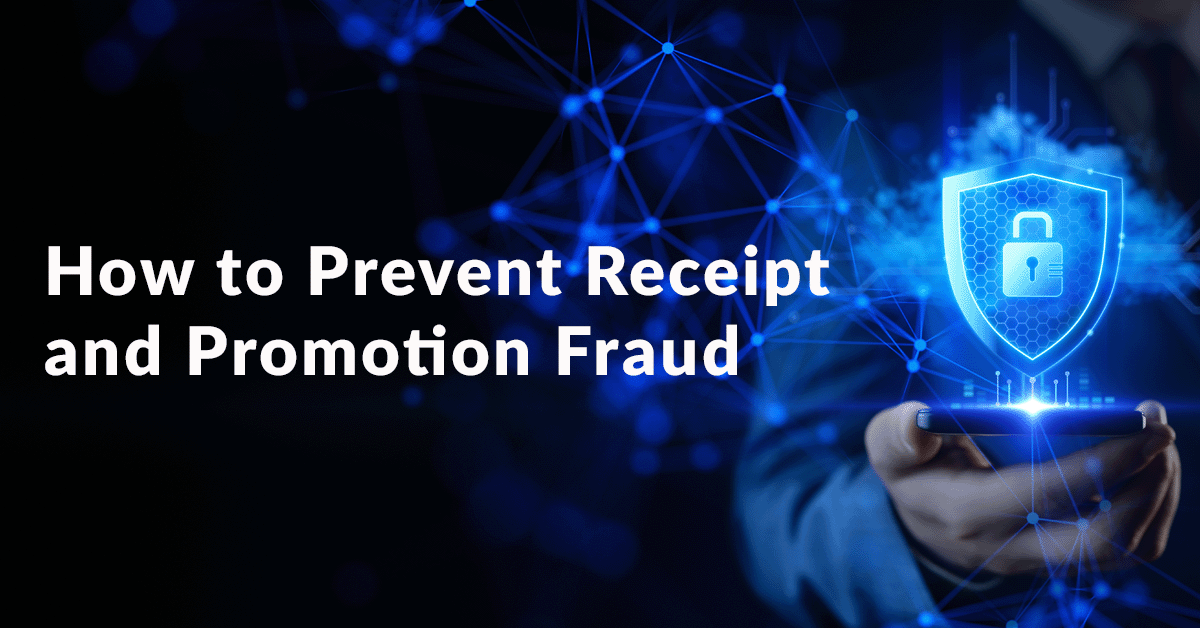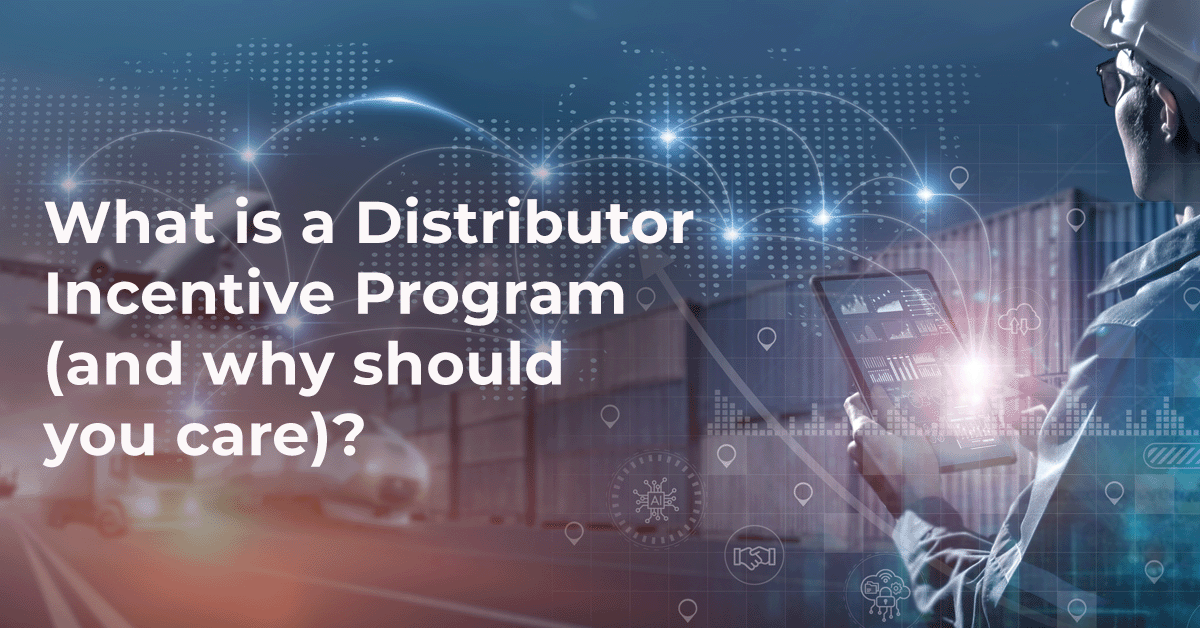Channel incentive programs are powerful marketing strategies that reward partners for using and promoting your products. In today's saturated market, they give partners (contractors, installers, distributors, re-sellers, retailers) a compelling reason to choose your brand over your competitors. A successful channel incentive program goes beyond offering rewards - it builds trust, engagement, and long-term partner loyalty. Keep your program simple and transparent so partners can easily participate and track progress, set achievable goals that motivate rather than discourage, and use tiered rewards to recognize top performers. Personalize incentives to match partner preferences - mixing financial rewards, experiential perks, and learning opportunities - and communicate clearly and consistently to maintain momentum. Most importantly, treat your program as a living strategy: measure results, gather insights, and adapt to evolving market and partner needs to ensure your brand remains the one they champion.
This helps you:
- Drive sales
- Promote new products
- Increase engagement
- Build brand advocacy
- Access new markets
- Collect customer, performance, and market insights
Here are some of our top tips for how to build and manage a channel incentive program in 2025, with examples to get your creative juices flowing.
6 Tips for Building and Managing a Successful Channel Incentive Program
1. Keep it Simple
Design your channel incentive program around your partners. Make it easy to understand and use, harnessing receipt validation technology – which covers invoices, as well as purchase and delivery orders – to provide multiple options for redeeming rewards.
This lets you go beyond traditional check-in-mail delivery mechanisms to cater to a range of preferences. For example:
- Gift cards
- Direct bank transfer
- Digital rebates
Ultimately, the easier your program is to navigate, the more engagement you'll get.
2. Set Realistic Partner Goals
Think about how partners earn their rewards. Partners work hard and have bills to pay, so make sure your goals are realistic and attainable. Set the bar too high and people won't see the value in joining your program.
3. Tier Your Program
Your best-performing channel partners deserve the best rewards – it's only fair. Tiered channel incentive programs allow you to reserve your most valuable rewards for your best performers, with dynamic earning mechanisms based on different types of achievements.
The first step to creating a tiered channel incentive program is audience segmentation. This allows you to separate your partners based on certain traits, like lifetime value. Then, you can deliver personalized offers and rewards that match their preferences, goals, or status. Show them their success matters to you.
4. Use a Mixture of Rewards
Partners appreciate having multiple reward and incentive options. Alongside traditional financial incentives, like rebates, add some variety to your program with experiential rewards, tickets to exclusive events, or training opportunities. After all, variety is the spice of life.
The key is to personalize rewards to each customer, based on your partner insights and audience segments. Value means different things to different people. Just because one partner prefers cash rewards, doesn't mean another will.
5. Communicate Clearly and Regularly
Regular communications keep members engaged. Digital rebate management platforms let channel partners track their program status, including progress towards their next rebate or other reward. Keep your messages clear and concise to avoid confusion.
Personalization also play a crucial role. Avoid sending one-size-fits-all communications. Aligning your messages to each partner's goals helps to forge stronger relationships, increasing engagement.
6. Measure and Adapt
Review your channel incentive program continuously, monitoring performance over time to adapt to changing partner expectations, market conditions, and industry trends.
Incentive programs are a rich source of insights that help to inform your strategic decision making across the value chain – from product innovation and demand anticipation to co-marketing opportunities. Remember, change is the only constant in life. The best channel incentive programs understand this and evolve with the times.
Selecting Your Channel Incentives
With so many incentive options to chose from, it can be difficult to know what's best for your B2B channel incentive program.
We recommend selecting incentives based on your business goals, the type of channel partners you work with, and their motivations. Additionally, best practices advise scaling your rewards based on partner performance and value.
In terms of the specific program incentives you can offer, popular examples include:
- Complimentary products: free products or samples partners can use to showcase your offerings.
- Rebates and discounts: money-off future purchases, digital gift cards, etc.
- Awards: trips, vacations, exclusive events, travel vouchers, or even plaques that acknowledge your top-performing partners.
- Referral incentives: rebates on future purchases and tier upgrades that encourage partners to recommend your products to their peers.
- Volume or performance-based incentives: awarded for hitting sales milestones, bringing in a certain number of leads, etc.
- Training opportunities: give partners the opportunity to learn new techniques and diversify their skills with exclusive training courses.
- Sales support: educate partners about your products and teach them how to sell effectively with incentivized certification programs.
- Market development funds (MDFs): fund partner marketing activities such as webinars, radio ad spots, marketing events, or trade show booths.
- Sales performance incentive funds (SPIFs): reward sales reps for reaching certain milestones, such as selling a specific number of products in a defined time frame.

Hayward’s Digital Channel Rebate Program for Installers
Haywards is a household name in pool technology manufacture and installation, with a diverse product range including filters, pumps, and LED lighting. The company created a channel incentive program that rewards installers who use their products for repairs and upgrades.
Installers can upload before and after photos of their projects to show new Hayward products in situ. The program includes various promotions, allowing for member tiering and segmentation. Additionally, installers can earn reward currency and exchange it for a variety of digital reward options and denominations.
![]()
Barilla Drives Sales Through Rebate Program
Channel incentive programs don’t have to be complicated, as Barilla proves with its successful digital rebate program celebrating National Pasta Month.
The program offers restaurant owners $5 rebates for every case of Barilla pasta they purchase (up to a maximum value of $500). Members also gain access to exclusive recipes and tutorial videos, showcasing what they can do with Barilla products.
SIKA Boosts Sales Through Loyalty Program
Sika wanted to grow brand awareness, sales, and loyalty among distributors and retailers in Indonesia while collecting customer data. Matching sell-out with sell-in was also a key need to better understand distributor efficiencies and retailer interest in promoting Sika products in the region. Snipp built a robust B2B loyalty program that included two distinct dashboards for distributors and retailers, delivery note processing, a points-based loyalty program, benefit and tiered reward management, a digital reward catalogue, third-party API integrations with Salesforce, Sprinklr, Pardot, and CIAM, customer service support, and SKU-level reporting by region, distributor, and retailer.

Sinclair Incentivizes Advertisers Through a Tiered Loyalty Program
Sinclair wanted to strengthen relationships with its advertising partners and encourage higher media spend. The company introduced a tiered channel incentive program that rewards advertisers based on the value of their invoiced activity. Participants earn points automatically as they submit their invoices and can redeem them for a curated catalog of digital and physical rewards. As their annual spend increases, advertisers move up tiers and unlock additional benefits, creating a clear path to higher value and deeper engagement.
Sinclair’s approach shows how thoughtful incentive design can turn routine spend into an ongoing, motivating experience for channel partners.
Brands and Partners that Work Together, Succeed Together
Well-run channel incentive programs benefit everyone.
Partners earn a mixture of rewards that scale the more they engage with your program, making them feel like trusted partners – not just customers. For brands, channel incentive programs help to drive sales and expand your reach, while providing the insights you need to inform your product roadmap and strategic direction.
Designing a channel incentive program doesn't happen overnight. But by following these tips, you can give yourself the best chance of success.
FAQs
Q: How do channel incentive programs drive long-term business value?
A: Strong programs turn partners into brand advocates. Beyond sales growth, they generate deep insights into partner behavior, market demand, and product performance. When aligned with business objectives, these insights inform everything from go-to-market strategies to product innovation - making channel incentive programs not just a marketing initiative, but a competitive advantage.
Q: How can I keep channel partners engaged over time?
A: Consistency and personalization are everything. Regular communication, transparent progress tracking, and flexible reward options ensure ongoing motivation. Segment your partner base to tailor offers and content that match their performance level and use data insights to refine your program as partner needs evolve.
Q: How can technology platforms improve the performance of channel incentive programs?
A: Modern incentive management platforms like Snipp’s B2B loyalty solution give brands the tools to build, launch, and scale customized channel programs. From receipt, invoice, and delivery order validation to digital rebate processing, automated reward fulfilment, and real-time analytics, Snipp’s platform streamlines every step of the process. It also integrates seamlessly with CRMs and CDPs, enabling personalized partner experiences and smarter, data-driven decisions that drive long-term growth.
Q: How do I balance creativity and simplicity in my channel incentive design?
A: Keep your program exciting without overwhelming your partners. Focus on a clear, easy-to-understand structure while introducing fresh incentive mechanics - like tiered rewards or experiential bonuses - that keep engagement high. The key is to pair creativity with clarity, so partners understand exactly how to earn, redeem, and benefit from your program.
Q: How can brands protect their channel incentive programs from fraud?
A: Fraud can quietly erode trust and profitability if left unchecked. To prevent issues like duplicate claims, falsified invoices, or misuse of rebate systems, brands should implement secure validation processes and leverage automated fraud detection. Using technologies that verify proof of purchase and flag irregularities in real time ensures rewards go only to legitimate partners, preserving both ROI and credibility.
Request a demo to start building your channel incentive program.






